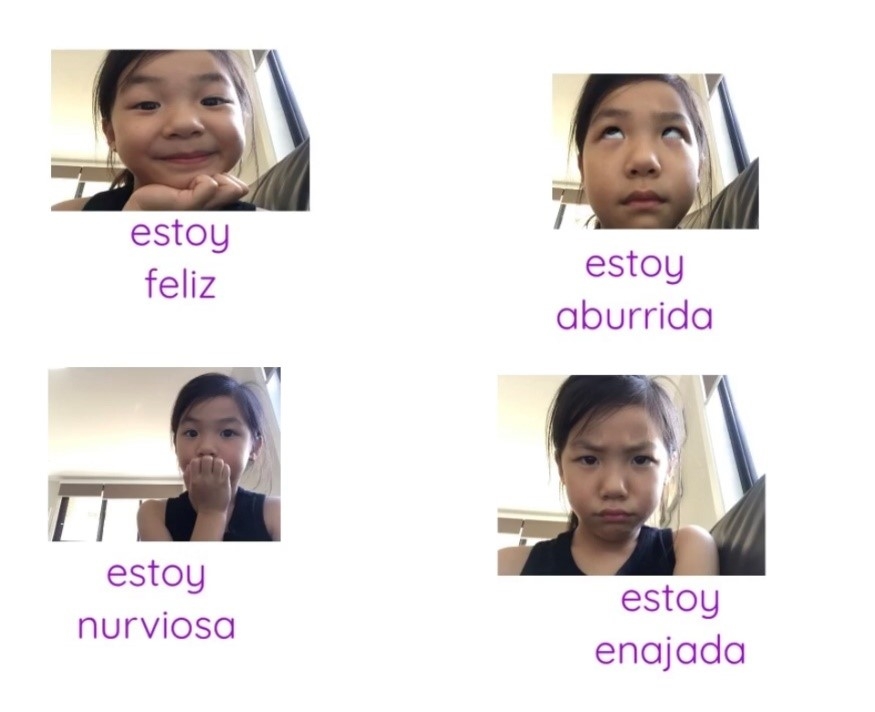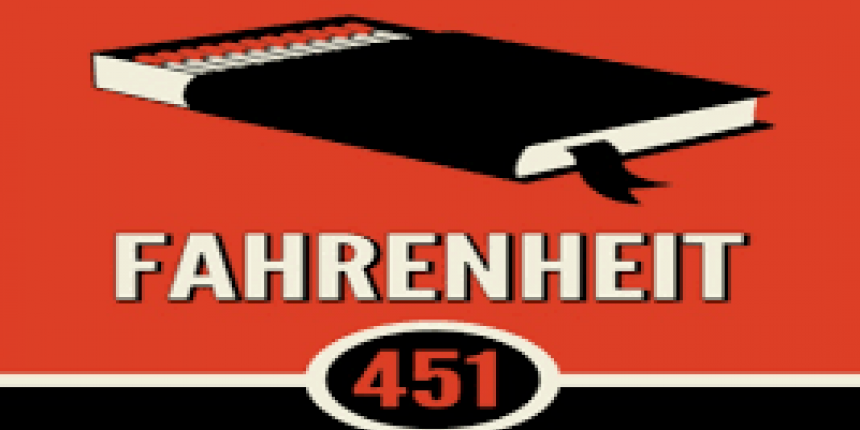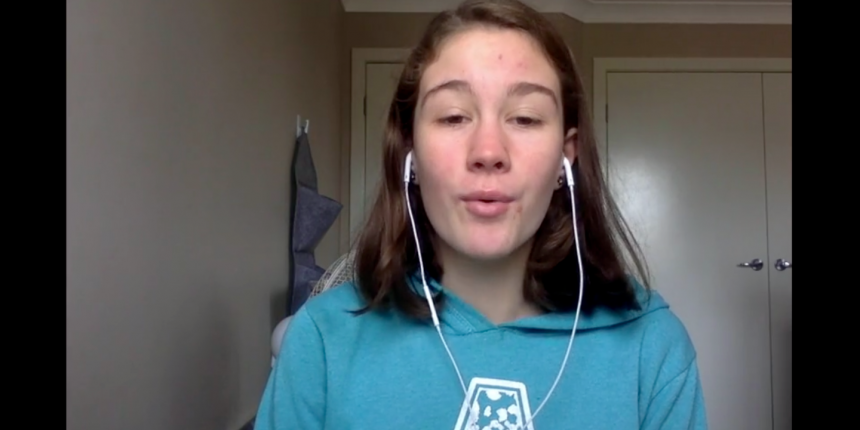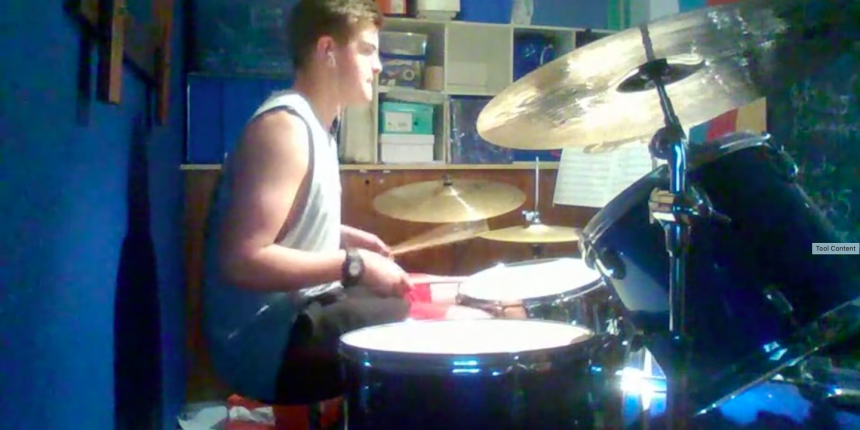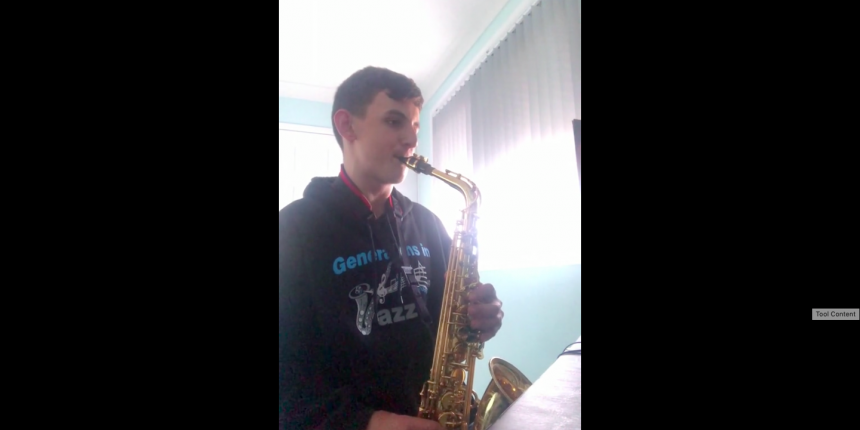An English Book Report by Year 10 student Nathan F.
Fahrenheit 451
Ray Bradbury
I first looked upon Ray Bradbury’s influential novel Fahrenheit 451 when I was sifting through the Classics selection in the IRC. Many people believe that the main theme of this novel is censorship through burning books, but if you read this novel with an analytical eye, you find there are many different themes to this book and censorship is not the biggest or main theme. That award goes to the motifs of burning, technology, connectivity, self-discovery, and how the protagonist, Guy Montag, represents two sides of the same coin: creation and destruction.
This novel starts with Montag walking home from a day's work where he meets Clarisse who pushes him on a journey for the realisation of himself through trying to find happiness from the books he saved from being burnt. He receives a call from chief Beatty that a Lady was hoarding books downtown so he grabs one of the books nearest to him and pockets it in his uniform before spraying the place with Kerosene. But before he leaves to light the fire, the old woman lights a match and stays to be burnt with the rest of her books.
Montag wonders if these books are the answers to his happiness where he meets an old English professor who tells him he swiped one of the last known copies of the Bible. Later Beatty visits Montag threatening him saying that if he has any books he has 24 hours to get rid of them. Montag starts reading his stolen stash and finds meaning to his existence in life. Beatty comes back 24 hours later to find he has surrendered no books, so he orders Montag to burn his house down and tells him that his wife told them about the stash. Montag still has the Bible on hand and burns the house where after Beatty attempts to arrest him but Montag uses his flamethrower to kill Beatty and begins to run for his life.
The Last section of Fahrenheit 451 “Burning Bright” is not only the reference to the motif of fire throughout the novel but a reference to William Blake’s (an English romantic poet) ‘The Tyger’: “Tyger Tyger, burning bright / In the forests of the night”.
Comparing these two texts I found that Bradbury shows Montag as the embodiment of creation and destruction; simultaneously a creation of beauty and savagery.
Bradbury also uses the book to warn us about technology. As Bradbury’s dystopian world grew more connected, minority voices got louder so the government decided that instead of allowing thought provoking literature they would only allow people to watch dull and mind numbing plays and television shows. Captain Beatty says “There you have it, Montag. It didn’t come from the Government down. There was no dictum, no declaration, no censorship, to start with, no! Technology, mass exploitation, and minority pressure carried the trick, thank God. Today, thanks to them, you can stay happy all the time, you are allowed to read comics, the good old confessions, or trade journals.”
What Beatty says is that while the government and firemen burn books it originally began because people preferred other forms of entertainment - which scares me as it reminds of today: e.g. smartphones, social media, xbox, Netflix - which caused people to be disinterested in books, education, and philosophy. The people chose brainless entertainment and therefore created a conformist society where the philosophy is what the majority believe is right and individual thoughts are not only unnecessary, but dangerous.
This book is such a dark reflection on what is going right now as the world is moving at such a fast pace and books don’t have much of a place in society anymore. This book is a clear critique on the modern world we live in as people now only care about the likes and followers on their social media page and do not care about broadening their knowledge on the world.
Nathan F
Year 10 English



